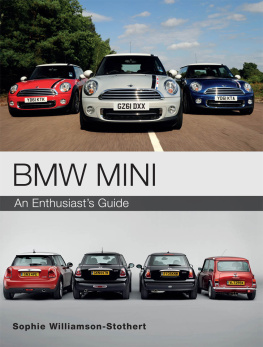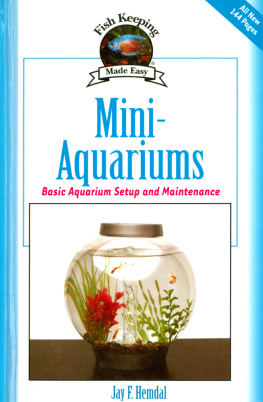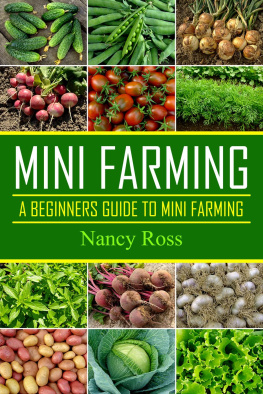BMW MINI
An Enthusiasts Guide

BMW MINI
An Enthusiasts Guide
Sophie Williamson-Stothert

THE CROWOOD PRESS
First published in 2016 by
The Crowood Press Ltd
Ramsbury, Marlborough
Wiltshire SN8 2HR
www.crowood.com
This e-book first published in 2016
Sophie Williamson-Stothert 2016
All rights reserved. No part of this publication may be reproduced or transmitted in any form or by any means, electronic or mechanical, including photocopy, recording, or any information storage and retrieval system, without permission in writing from the publishers.
British Library Cataloguing-in-Publication Data
A catalogue record for this book is available from the British Library.
ISBN 978 0 78500 144 4
Dedication
For Mum and Dad, Rose and Andrew, Guy Loveridge and Richard Aucock, who, through all their love and support, have always encouraged me to chase my dreams, including this very book you hold in your hands.
Illustration Acknowledgements
With thanks to Richard and Vicky Dredge at Magic Car Pics, www.magiccarpics.co.uk
Unless otherwise stated, photographs are from the authors collection.
CONTENTS

FOREWORD
The Mini is, without much danger of contradiction, one of the most important motor cars of the 20th century. It was certainly what we now like to refer to as a game changer. When it was introduced in 1959 it revolutionized the motoring scene, and the fact that we still refer to a certain class of cars as Mini cars and Super Mini reveals the length of the shadow cast.
Its pretty easy to see why BMW wanted to capitalize on the strength of brand identity that had grown up around the Mini as a life-style, fashion, motoring and individualistic icon. The trick, of course, was adapting the front-wheel drive, wheel at each corner and cute looks to a 21st-century marketplace that demanded far more of their car than the generation who queued up to buy the plethora of Mini variants being produced at Cowley and Longbridge five decades before.
My Mini motoring has covered ownership of a few of the more esoteric variations upon the theme. In the 1990s when I was a jobbing actor and landed my first part in a West End run, I would commute in a 1965 Riley Elf the ideal car for such a job, and Ive owned another identical one since. Then as the Minis 50th anniversary approached I combined two interests and became the proud owner of the actual Deep Sanderson 301 that Chris Lawrence took to Le Mans in 1963 and 1964, thus becoming the first Mini-based car to compete at La Sarthe in the legendary 24 Hours race. This machine I drove at Goodwood in the Festival of Speed and then again for the 2009 tribute parade for the Birthday, following Mr Bean around on the roof of his Mini City.
The car went on to race at The Goodwood Revival and acquitted itself amazingly well in such exalted company, with a top 10 finish only being wrenched from its fingers by a recovering competitor who was four laps down and did not understand Blue Flags! The Deepers went on to return to Le Mans in the Classic of 2014, acquitting itself pretty well.
I now have a 1962 Ogle SX 1000, which I repatriated from the USA and am restoring to original specification, complete with 998cc Cooper engine as per its original options list. So, I think it is fair to say, I am steeped in Minis and their ways.
When Sophie told me she was writing this book, I was a little surprised, as I checked my bookshelf and saw over twenty-five titles all concerned with Minis, but having now read it, I am mightily impressed as she has succeeded in explaining the links, the ethos and the brave attempt to engender a reborn BMW-sired Mini and to steer the brand in a completely new and enhanced direction. That the 21st Century Mini is a success will doubtless be reflected in the popularity of this first class book. Enjoy. I did.
GUY LOVERIDGE
Chairman The Guild of Motoring Writers
July 2015
INTRODUCTION

THE M INI /MINI STORY, 1959 TO 2015

Sophie with her R50 MINI Cooper at Plant oxford.
JAMES BATCHELOR
Manufactured by the British Motor Corporation (BMC), British Leyland (BL) and Rover Group between 1959 and the year 2000, the classic Mini was moulded into a line of iconic British small cars. During those forty-one years, these firms produced the Morris Mini-Minor, the Austin Se7en, the Mini Countryman, the army service Mini Moke, the Mini Clubman and more. The little Mini wasnt denied any horsepower either, and when performance Cooper versions of these models were modified in partnership with racing legend John Cooper, the little car designed to provide transportation for families became a rally legend: three times. In 1959, the small car was launched as the Morris Mini-Minor and the Austin Se7en (A7). In 1961 it was renamed Austin Mini, and eight years later, in 1969 ten years after the first Mini rolled off the production line the Mini became a marque in its own right. The original Mini revolutionized the small car and became the bestselling British car in history. It continued to roll off the production line until the very end of its era in the year 2000, selling 5.3 million units. Its legacy was continued when in 1995, the development stages of its successor the R-Series MINI began.
Since its launch in 2001, BMWs modern MINI has become the pinnacle of small yet funky family cars in the premium small car segment although many may argue that the modern MINI is far too large to be branded such a title. In keeping with a similar theme to that of the 1960s and 1970s, the MINI range has followed in the footsteps of its predecessors line-up, with a few extra additions. Now in its third generation, having unveiled the new F-Series in 2014, BMW MINI offers the hatchback, the Convertible, the estate Clubman, the five-door Countryman, the Coup, the Roadster and the three-door crossover Paceman. Like the classic Mini, a number of these models are available with the John Cooper Works performance pack and have been released in special editions such as the Mayfair and the London 2012 providing a little something for everyone.

1964 RAC Rally and 1965 Monte Carlo Mini Cooper S. GUY LOVERIDGE

The first generation R50 MINI line-up: One, Cooper and Cooper S. NEWSPRESS
PART I
WHERE IT ALL BEGAN

CHAPTER ONE

BMCS M INI
The Mini was originally a product of the British Motor Corporation (BMC), which later became a part of British Motor Holdings (BMH) in 1966, and eventually merged with Leyland Motors in 1968 to form British Leyland. It wasnt until 1969 (ten years after its birth) that Mini became an automotive marque in its own right. During the late 1980s, British Leyland was demolished and Mini joined Rover Group. In 1994, Rover Group was acquired by BMW, which the brand later dissolved in 2000, while retaining the Mini/MINI brand. Today, the MINI division is led by Sebastian Mackensen.


















